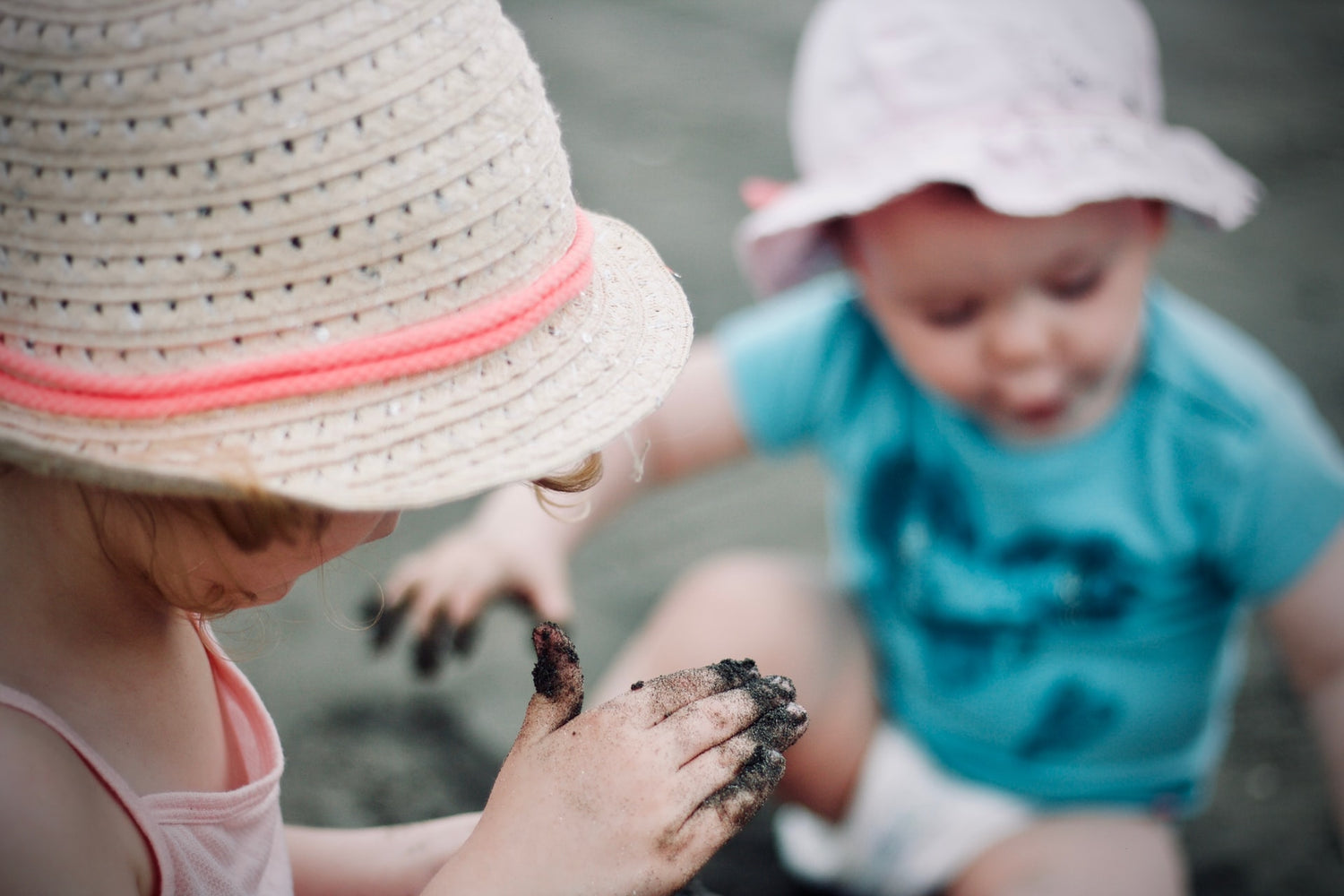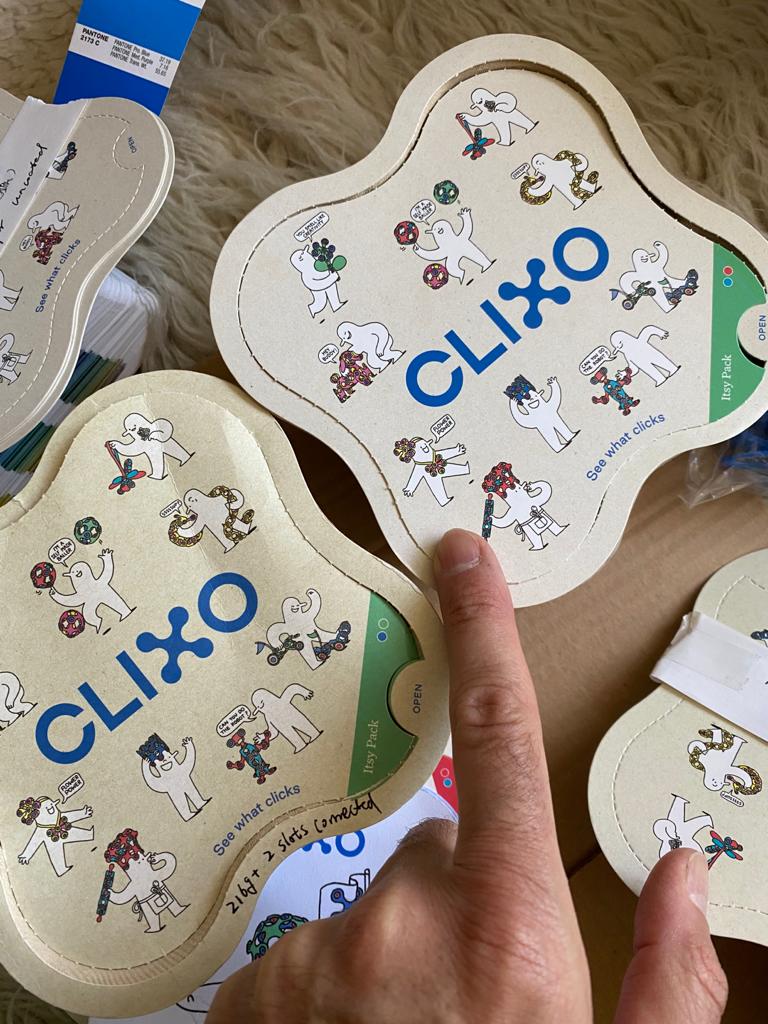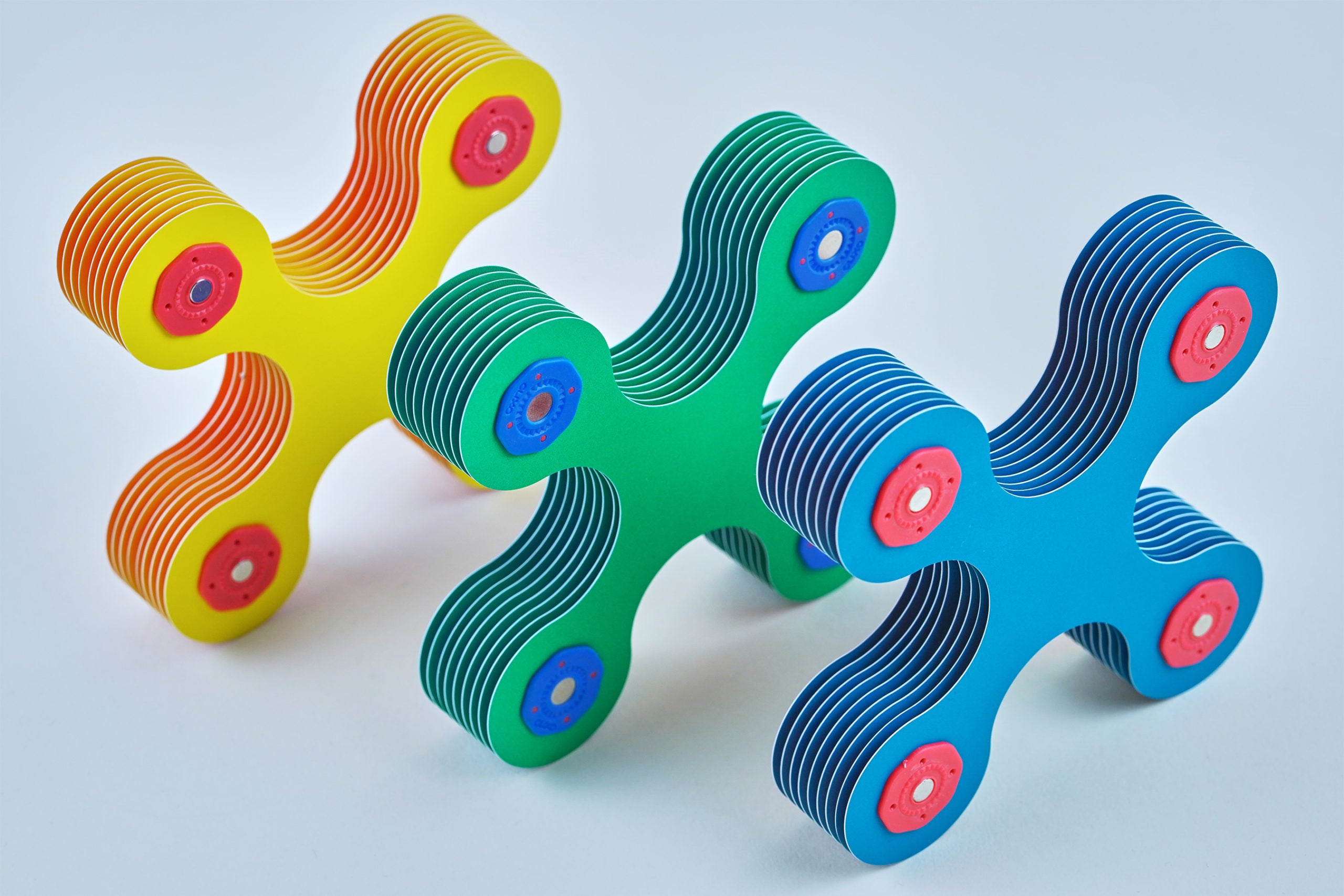How (some) limitations can be helpful
By Clixo Team
In this first part of a three-part series, Clixo’s founder Assaf shares some reflections on creativity and constraints during the time of COVID-19.
Nearly six months into COVID-19, it’s safe to say many of us are a little stir crazy. ????
Seemingly overnight our worlds shrunk from, well, the world, to small, contained spaces, sometimes no bigger than single room apartments. The pain of this transition is particularly acute for parents, who have needed to suddenly fill in the gaps left by dozens of external structures that normally contribute to their childrens’ development, creativity, engagement, and sense of self. Summer camp? Cancelled. Play dates? Dubious. School? Remains to be seen. The disappearance of these integral parts of day to day life is more than just an issue of filling time. These activities are part of what help children grow, learn, and understand themselves, others, and the world. As parents, how can we possibly make up for all these critical aspects of development? Amidst all the unprecedented challenges and tragedy, are there any silver linings?
When I think about COVID-19, I think about the extremity of constraint it places on our lives. Things we have taken for granted forever–whether it’s taking the subway, offering your arm to an elderly person crossing the street, or having friends over for dinner–are suddenly dangerous at best, and quite often socially irresponsible. The interesting thing about freedom is that we notice it most acutely in its absence. As if made of gas, we tend to expand out to fill as much space as freedom allows us without a second thought. It is only when it is taken away that we notice the edges.
But constraints aren’t entirely a bad thing. From a design perspective, constraints can actually be a critical part of encouraging freedom. Yes, that’s right–boundaries around freedom can actually strengthen freedom.”

Think about the following examples – Your boss walks into your office (this is back when offices existed) and tells you that the company needs to come up with a creative idea. You ask a few follow up questions, trying to figure out the perimeters. Your boss shrugs and tells you to just come up with something. What do you do with all that freedom? Is it liberating, or actually oppressive?
Another example. Your teacher asks you to write an essay on anything. Or you’re given a blank page and some crayons and told to draw whatever you like. Certainly, I think the vast majority of us would say there’s more pleasure to be found within total freedom than total control, but the ideal actually lays somewhere in between.
In the toy world, I have long been fascinated with discovering what the exact ‘right’ amount of constraint is. From a psychological perspective, humans tend to be most creative when we are given some kind of perimeters to work within, the right tools to explore that space, and then the freedom to be and do in that space as we will. Even seemingly totally unstructured things, like playing in a sandbox, actually have very specific constraints built in, when you think about it. First off, there’s a literal box around the sand. Then there are the tools (the shovels, buckets, etc.) that children have to play with. Finally there is the material consistency of sand: some things are made easily with sand, some things can’t be made.
Now, am I saying the constraints COVID-19 has placed on us are a good thing that we should just be grateful for? Absolutely not. But it is also possible to take up creative possibilities in this time of constraint. A quick scroll through social media these days can reveal all sorts of fresh, innovative ideas parents have come up with for their kids during this time–ideas that never would have grown without the constraining factors that led to their genesis.
With Clixo, the idea of constraint being wedded to creativity is built into the design. It took us over a thousand iterations to come up with a toy that provides just enough structure to alleviate the fears around starting, but which helps kids immediately establish a sense of infinite creative potential and autonomy once they start clicking.”




